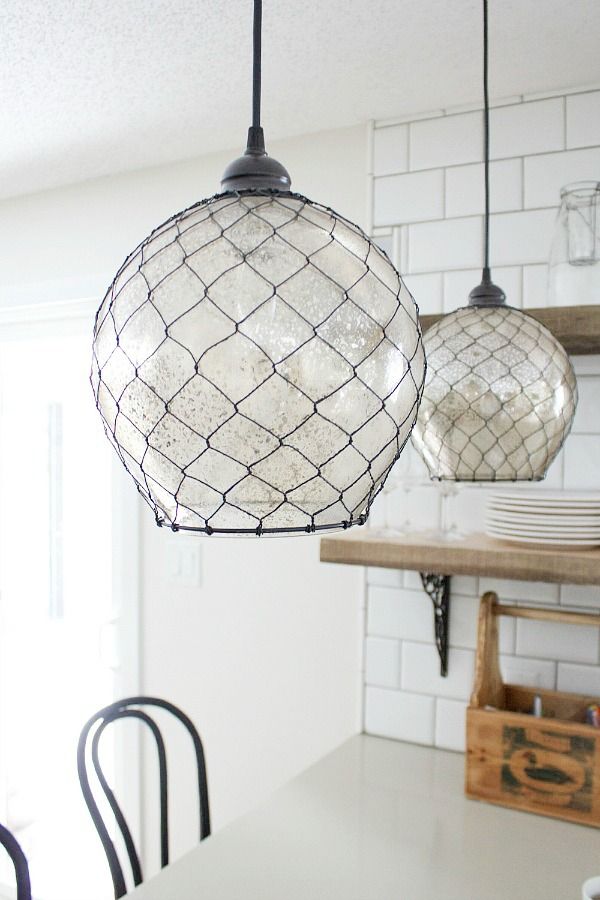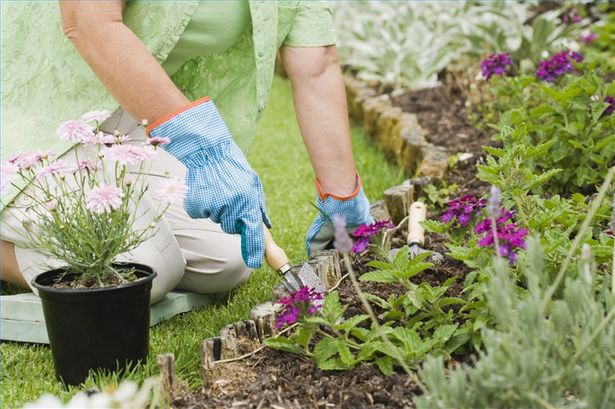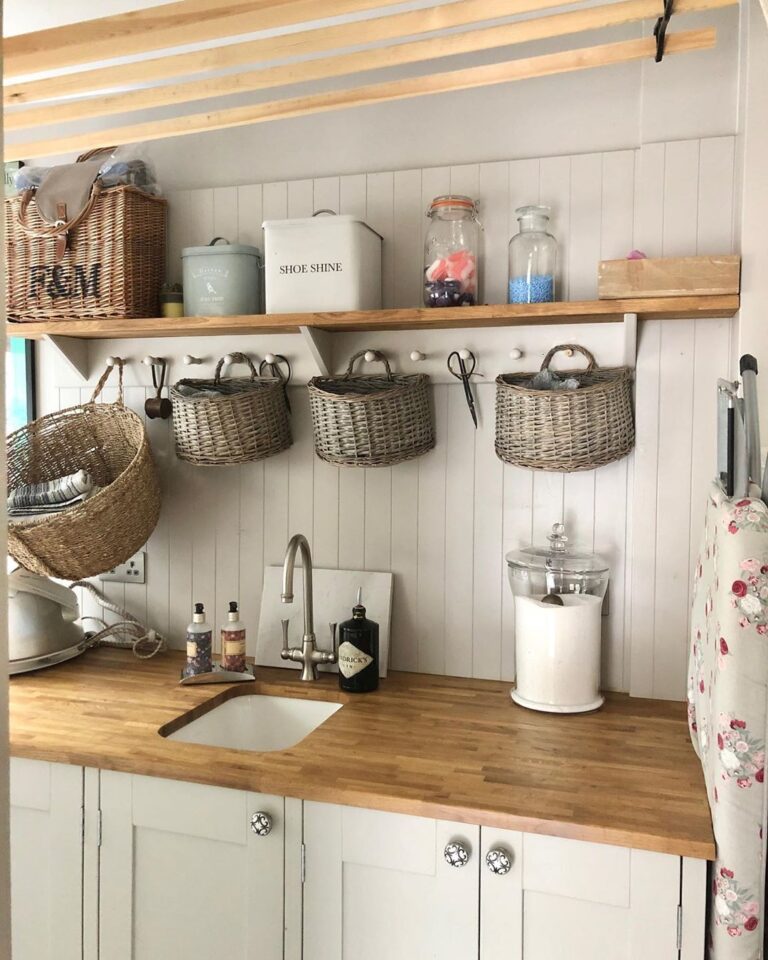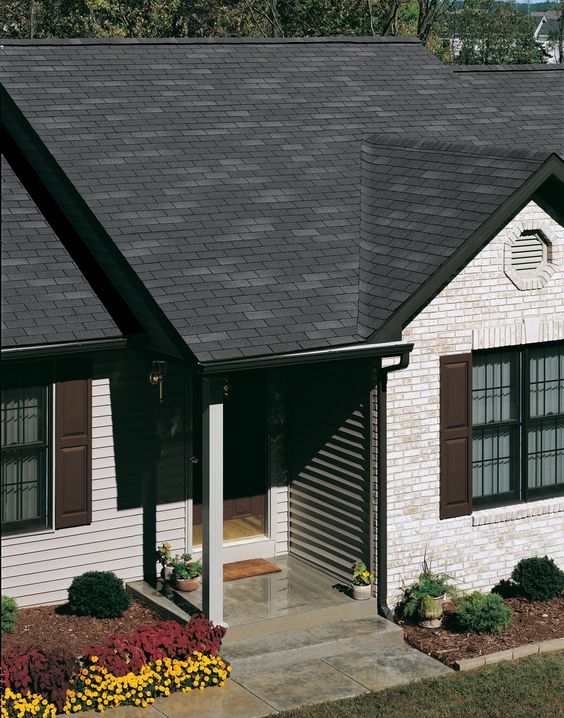How To Bed Bug Proof Your Home
By now, everyone knows what a bed bug is and what it looks like. Everyone knows they hitch rides on everything from clothing in a department store to furniture from a warehouse to luggage, boxes, and anything else with a seam. Everyone, whether they’ve had them or not, knows about the bites.
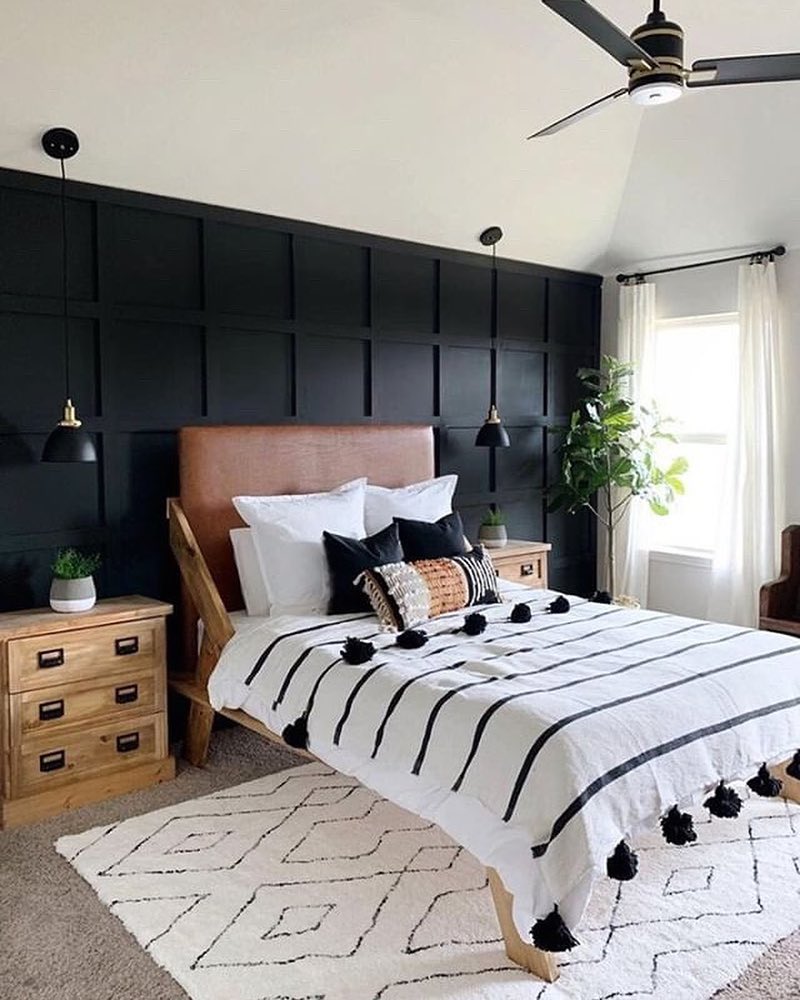
No one likes being a snack. It goes against everything a human being stands for. The bites are raised, red, and painful. Some people are more sensitive to the bites, so the rash is a little more irritating. If sleepers get no more bites after the first ones, then the raised, red, painful rash remains for a week or so. Jordan Larson from Custom Bed Bug says that one reason to make sure your home is bed bug free is that bites from bed bugs can be extremely itchy and painful, and can take over a week to heal. So how should people bed bug proof their homes?
1. Before You Bring It In The House
Gather a bright flashlight, a vacuum cleaner, a driving license or credit card, Scotch tape, and warm soapy water. You’ll need these to search for and get rid of bed bugs you find on whatever you’re bringing into the house.

If you’re bringing in furniture or a bed, check the seams carefully. Use the credit card to get into cracks and crevices in which bed bugs hide. If you see them, use the tape to capture them.
Vacuum the piece thoroughly. If it’s a table or chair, then clean it with the soapy water after getting rid of all the bed bugs you can see.
2. ID
Fleas, ticks, and bed bugs are tiny, and they hitch a ride on something. They bite, draw blood, and make us itch.

Only in size are they different. Fleas are about the size of a comma. Ticks and bed bugs resemble each other, but ticks are only 2/5 of an inch long. That leaves bed bugs the largest at ¼ of an inch.
Ticks and bed bugs are brownish creatures. The only difference is when they become engorged with blood. Ticks turn green and swell, while bed bugs just turn red.
It takes different methods to remove each of these critters. Most are immune to chemical pest removal due to building up a tolerance. Intense heat is the only thing that will get rid of bed bugs, along with a couple of natural remedies.
3. Check Your Surroundings
Bed bugs hide in curtains, peeling paint and wallpaper, beds and box springs, cracks in hardwood such as flooring and furniture, and clutter on the floor. Using your flashlight, driving license, and tape, search through any seam, crack or crevice.
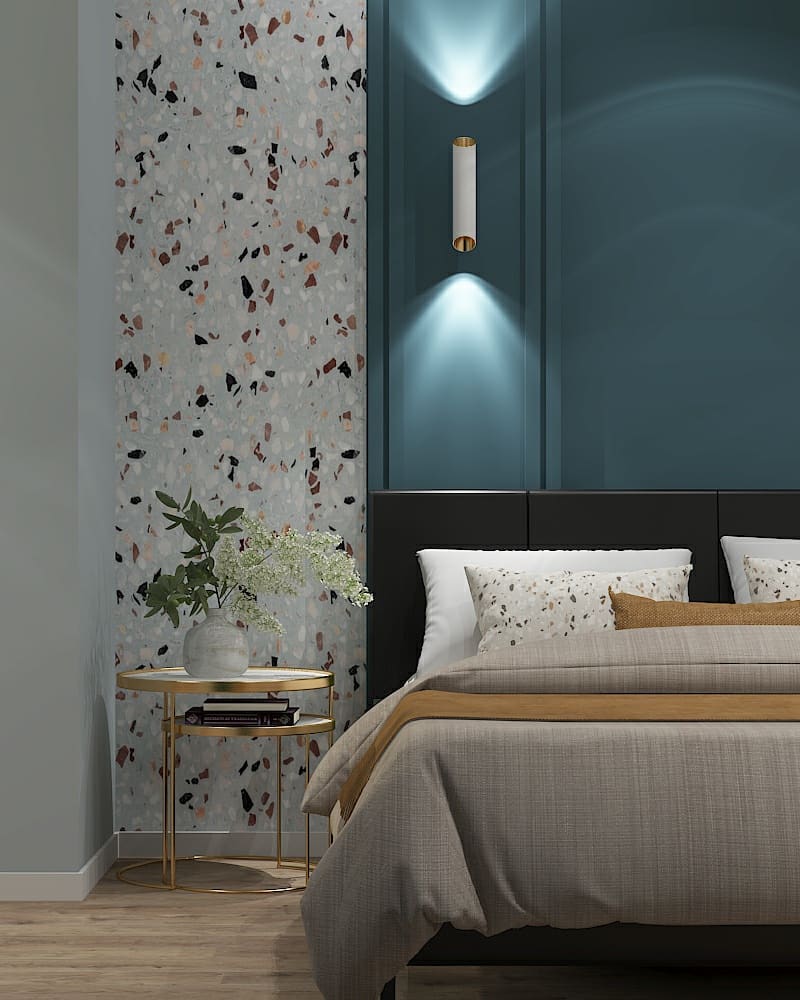
Clean any dead bed bugs or those left behind from your tape with warm, soapy water. Vacuum the areas after you do this to catch any you missed. Remove clutter from the floor. The less they have to hide in, the better for you. If you see black droppings that look like dust, then you have bed bugs.
4. Clean Regularly
Wash bedding, including pillows, at least once per week. Wash anything that touches the floor like curtains and clothing. Bed bugs hide in clothes hampers and piles of clothing on the floor. If it touches the floor, wash it.
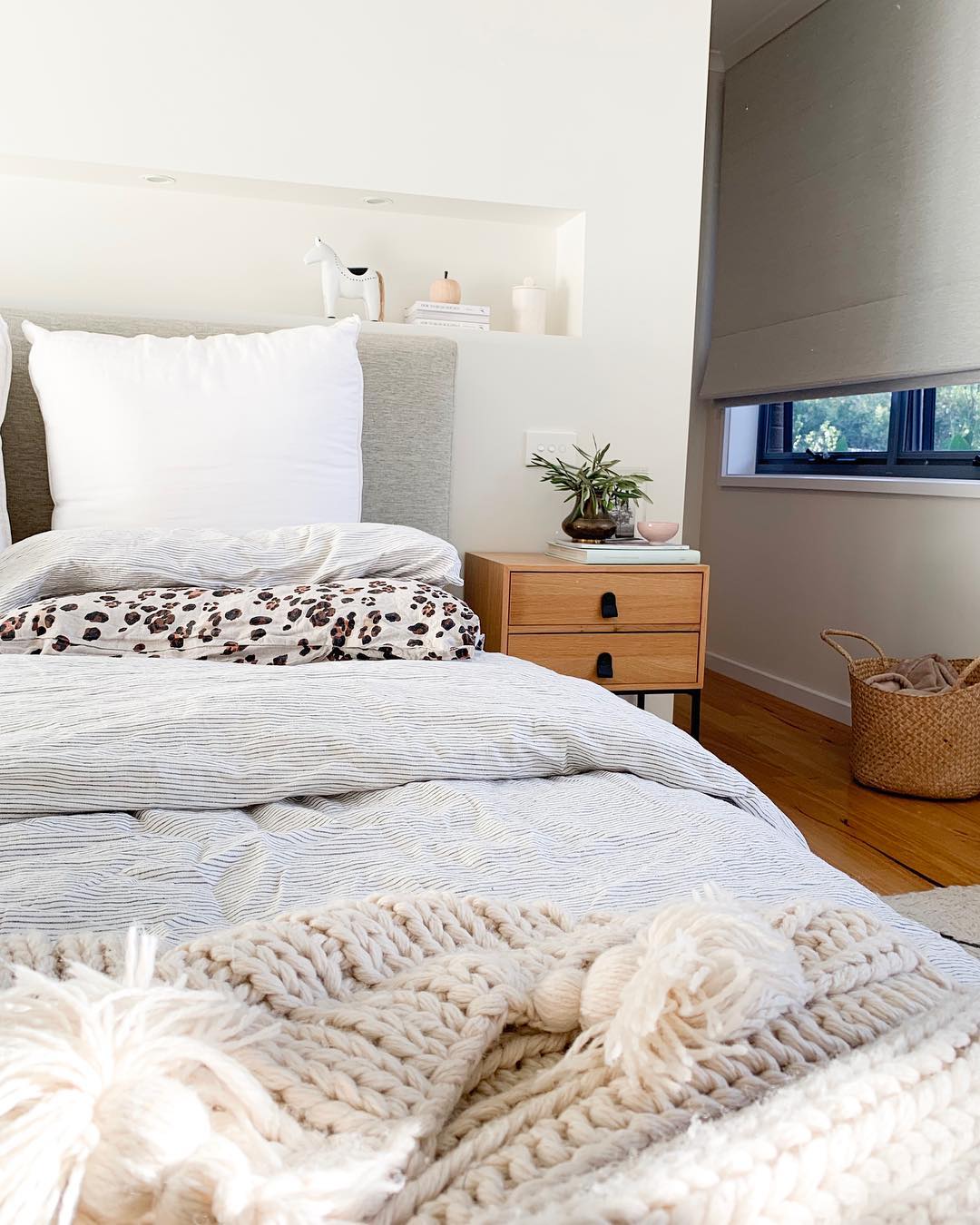
Heat kills bed bugs. Wash your things in the hottest water available and dry them on high heat. Be sure to clean the washer and dryer after you do this. Vacuum the areas from which you took the things to be laundered to get rid of any other bed bugs. Throw the vacuum bag in an outside trash can.
5. Use Protective Covers
Special bags are made to slip over mattresses and box springs to repel bed bugs. Make sure they’re not super cheap ones, because those will tear. The more expensive covers aren’t that expensive, and they don’t tear. Plus, they’re coated with an insecticide for those bed bugs that aren’t in the bag. Covers are made for pillows as well.
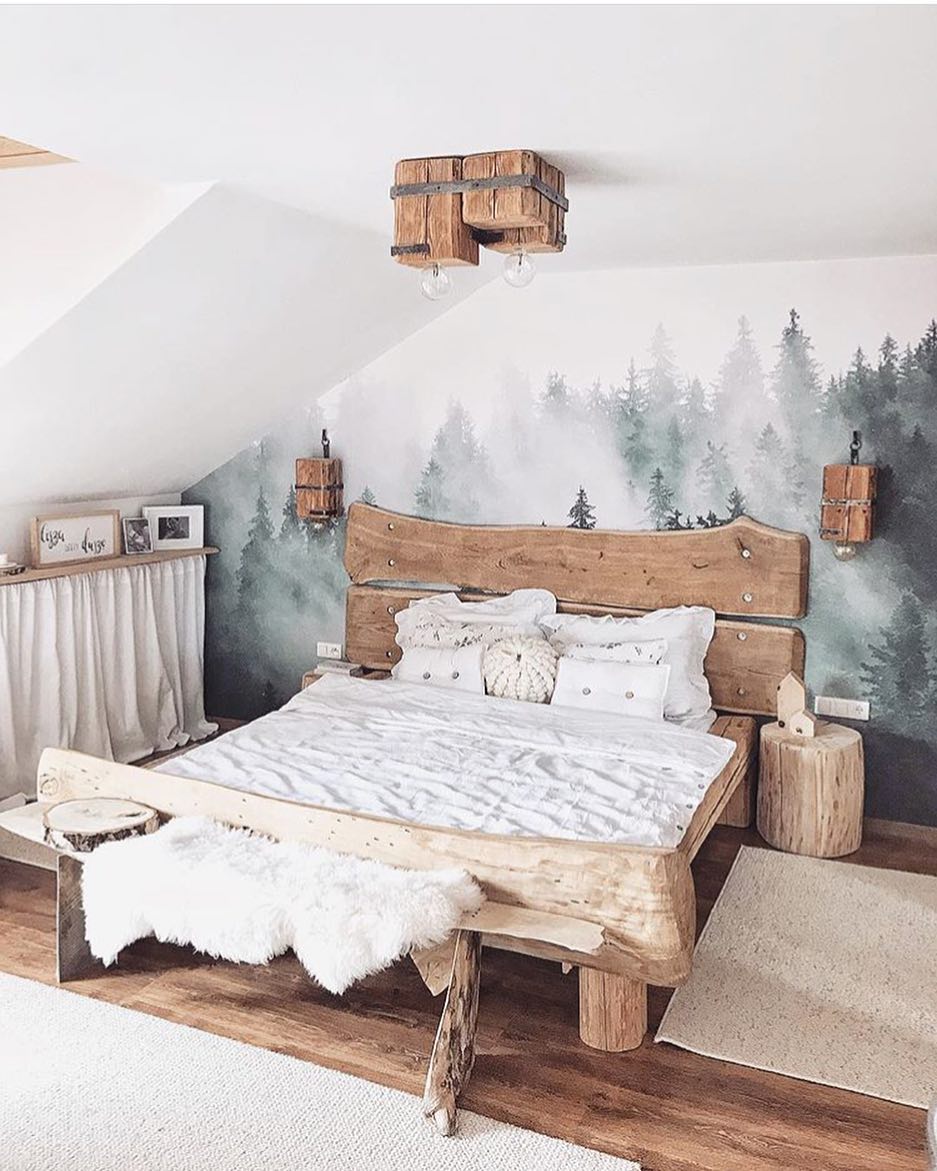
6. Be Careful In The Laundromat
After you’ve washed and dried your clothing and bedding in the hottest water available and the highest heat in the driers, put it into plastic trash bags. Fold your clothing at home. Bed bugs hide anywhere, and you don’t want to take them right back home from the folding table just as you were killing them.

7. Tips To Protect Furniture From Bed Bugs
- Put double-sided tape on the legs of your bed to stop bed bugs from getting onto the mattress and box spring.
- If your bed isn’t on a frame, get one. It will make life harder for bed bugs to climb onto your bed.
- Small dishes called interceptors will work, too. They go beneath the legs of the bed and trap the bugs.
8. Home Remedies For Bed Bugs
Insects including bed bugs have been shown to develop resistance to neurotoxins in chemical pest control formulations. The same cannot be said of essential oils, though, especially blood orange essential oil, silicone and paraffin oils.
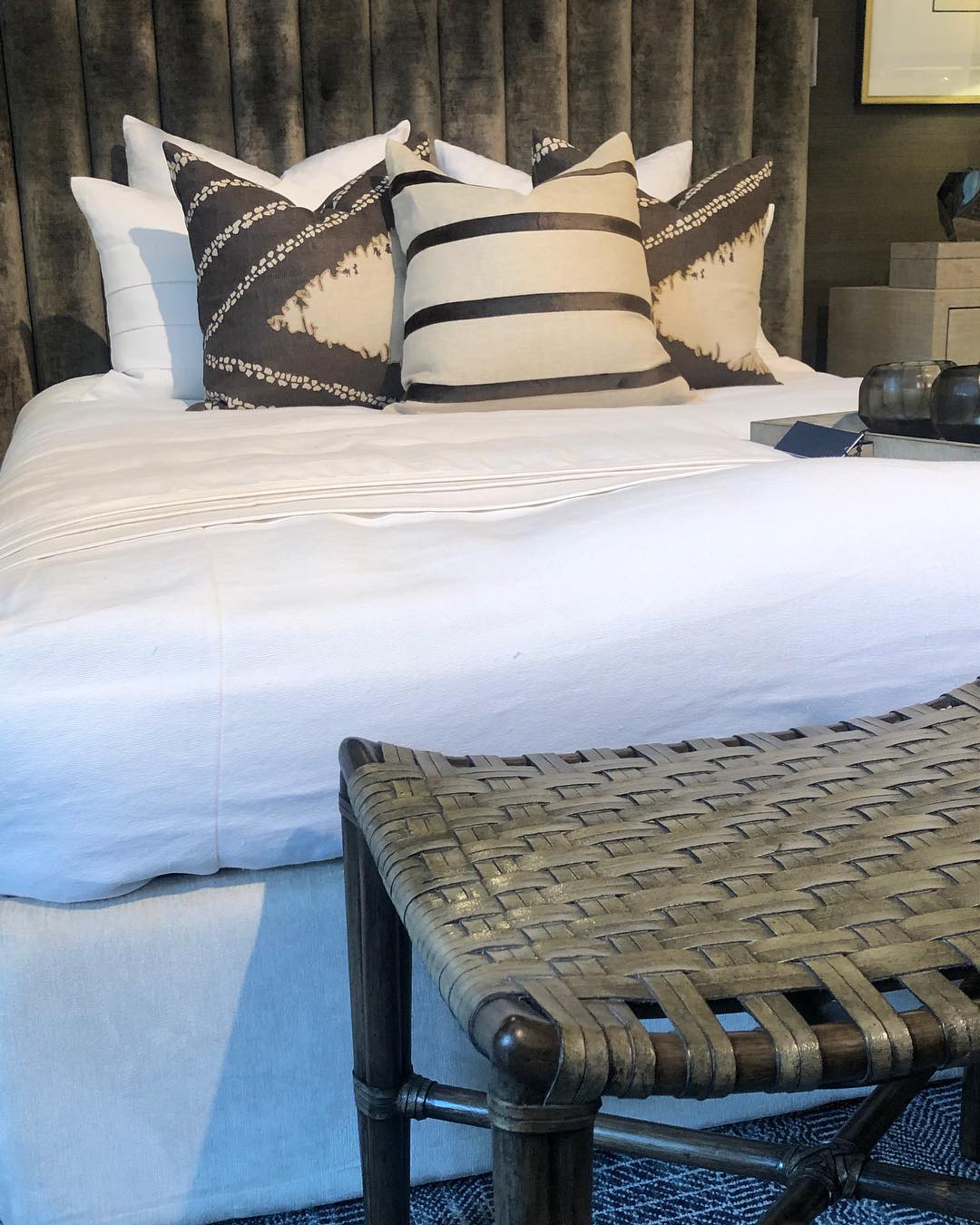
Testing showed the rate of mortality among bed bugs with each oil. Results showed five percent mortality from spearmint oil used on bed bugs and 100 percent for silicone oil. Lethal doses for bed bugs included less than one percent for blood orange oil and paraffin oil.
Bed bugs have shown a marked reaction to other essential oils and will avoid areas in which the oils are placed. These include lavender essential oil, tea tree, peppermint, clove oil, cinnamon oil, lemongrass, and eucalyptus essential oils. Either drop several drops in infested areas or mix about 20 drops in one cup of water and spray affected areas.
No one will argue that bed bugs are a menace. If they didn’t bite us, it might not bother us. There are ways to control an infestation, though, as we’ve discussed above. However, if homeowners don’t have the time, there are always professional pest control companies that will be happy to help. They, too, use a few natural remedies such as Neem and orange essential oils. Good luck!


